What is Eye Movement Desensitization and Reprocessing Therapy?
Eye movement desensitization and reprocessing (EMDR) is a psychotherapy technique used to treat anxiety, PTSD, panic, trauma, and more. EMDR is a relatively new mode of therapeutic treatment that was developed in 1990.
After someone experiences a trauma, they often have trouble making sense of what happened. EMDR therapy reconnects a traumatized person to the images, thoughts, emotions, and body sensations associated with their particular trauma to help them process it and begin to heal.
Unlike other treatments that focus directly on altering the emotions, thoughts, and responses resulting from traumatic experiences, EMDR therapy focuses directly on the memory to help change the way that the memory is stored in the brain, and to reduce or eliminate the problematic symptoms associated with that memory.
The benefits of EMDR
- Changes negative thinking
- Decreases chronic pain
- Requires minimal talking
- Yields fast results
Who EMDR therapy will help
People who are dealing with traumatic memories and PTSD are thought to benefit the most from EMDR therapy. It is also effective for those who struggle to talk about their past experiences. EMDR therapy is also being used to treat depression, anxiety, panic attacks, eating disorders, and addictions.
How EMDR therapy works
The brain’s information processing system naturally favors mental health. If the system is blocked or imbalanced by the impact of a disturbing event, the emotional wound does not heal and will continue to cause suffering. Once the block is removed, healing resumes. Using the detailed protocols and procedures learned in EMDR therapy training sessions, clinicians help clients reactivate their body’s natural healing processes.
What happens during an EMDR therapy session
EMDR therapy has multiple phases. First, eye movements are used to determine which memory to target first. Then the clinician will ask the client to hold different aspects of that event or thought in mind and to use their eyes to track the clinician’s hand across their field of vision. As this happens, internal associations arise and the client begins to process the memory and associated feelings.
In successful EMDR therapy, the meaning of painful events is transformed on an emotional level. For instance, a client can shift from feeling shame for a situation to believing that they are strong for surviving that situation. Unlike talk therapy, the insights clients gain in EMDR therapy result not so much from clinician interpretation, but from the client’s own accelerated intellectual and emotional processes. The net effect is that clients begin to feel empowered by the experiences that once debased them.
Because of the depth of the work being done an EMDR therapy session often lasts longer than a traditional therapy session, and can range from 50 to 180 minutes.
How long EMDR takes to work
Processing of a specific memory is generally completed within one to three sessions, but complex trauma can sometimes take longer. EMDR therapy differs from other trauma-focused treatments in that it does not include extended exposure to the distressing memory or detailed descriptions of the trauma.
The eight phases of EMDR
EMDR therapy uses a structured eight-phase approach that includes:
- Phase 1: History-taking
- Phase 2: Preparing the client
- Phase 3: Assessing the target memory
- Phases 4-7: Processing the memory to adaptive resolution
- Phase 8: Evaluating treatment results
How EMDR is different than other therapies
Some clients feel that they have been transformed in a short period of time. Their thoughts, feelings, and behavior are all telling them that they have achieved emotional health and a resolution—all without having to speak in great detail about it or doing the other kinds of work associated with other therapies.
Should you choose a short-term EMDR treatment or long-term psychotherapy?
A number of studies have shown that people taking EMDR therapy can experience many of the benefits of psychotherapy in a fraction of the time. It is widely assumed that severe emotional pain requires a long time to heal. EMDR therapy results have shown that the mind can heal from psychological trauma in a shorter time, in much the same timeframe that your body can recover from physical trauma.
FAQs ABOUT EMDR Therapy
There has been much research done on EMDR therapy and it is now recognized as an effective form of treatment by organizations such as the American Psychiatric Association, the World Health Organization, and the Department of Defense.
EMDR therapy is considered to be safe, with fewer side effects than those of prescription medications. However, EMDR therapy can cause a heightened awareness of thinking which does not end immediately when a session is over, and can also cause vivid, and sometimes disturbing dreams.
Yes. Some clients use EMDR as their only source of treatment, while others choose to integrate EMDR into their regular sessions of talk therapy.
Yes. Prince Harry revealed that he has used EMDR to cope with anxiety and trauma, including the trauma resulting from his mother’s death when he was 12.
